IMF Executive Board Concludes 2017 Article IV Consultation with New Zealand
On May 3, 2017, the Executive Board of the International Monetary Fund (IMF) concluded the Article IV Consultation with New Zealand.
Since early 2011, New Zealand has enjoyed an economic expansion that has gained further broad-based momentum in 2016, with GDP growth accelerating to 4 percent, and the output gap roughly closing. Reconstruction spending after the 2011 Canterbury earthquake was an important catalyst, but the expansion has also been supported by accommodative monetary policy, a net migration wave, improving services exports, and strong terms of trade. Some weakening of the momentum in the fourth quarter of 2016, due to softer private consumption and a sharp drop in exports, is expected to be only temporary, with growth rebounding and then moderating toward trend in the medium term as in particular net migration normalizes.
The unemployment rate fluctuated around the natural rate of unemployment of 5 percent in 2016, as strong employment growth absorbed the migration-induced increase in the labor force. While the latter also contained wage pressures, headline inflation edged up, into the Reserve Bank of New Zealand (RBNZ)’s target range of 1 to 3 percent, driven both by tradable and non-tradable price dynamics. Going forward, inflation is expected to stabilize at the midpoint of the target range.
The current account deficit has remained generally below its longer-term average in the expansion. It is assessed to be moderately below its fundamental level, with the exchange rate moderately overvalued. The net foreign liability ratio, among the highest in advanced economies, has been broadly stable. Commercial banks intermediate much of the foreign liabilities domestically, and the fact that the four biggest banks are subsidiaries of large Australian banks contributes to stable external funding.
With strong economic expansion and rapid labor force growth, housing markets have remained buoyant. Real house prices increased by more than 10 percent in 2016, and housing credit growth has remained strong as well. Loan characteristics are mixed: while loans with high loan-to-value ratios have decreased, debt-to-income ratios for new loans have gone up. Household savings have fallen along with rising household wealth, and the household debt-to-income ratio stands at 168 percent. Tighter macroprudential policies, higher interest rates, lower rates of net migration, and increasing housing supply should help moderate house price inflation and stabilize household debt vulnerabilities in the medium term.
Monetary policy remains accommodative, with the RBNZ lowering the policy rate in three 25 basis point steps to 1.75 percent in 2016. The counter-cyclical fiscal stance going forward will balance the macroeconomic policy mix, and the fiscal position is expected to strengthen further, with net debt decreasing to below 20 percent of GDP in 2020/21. And a third round of macroprudential measures has likely been the main driver for some cooling in housing market conditions toward the end of 2016.
Executive Board Assessment
Executive Directors welcomed New Zealand’s continued solid growth performance underpinned by strong construction activity, an accommodative monetary policy, and high net migration. Directors noted that growth is expected to stay above trend in the near term before gradually moderating. They saw risks as broadly balanced with upside risks largely related to strong net migration. However, they noted that downside risks stemming from a booming housing market, as well as the potential for tighter external financial conditions, lower demand from trading partners, or disruptions to international trade have increased vulnerabilities. They endorsed the authorities’ flexible exchange rate policy and overall macroeconomic policy stance. Directors agreed that going forward priority should be placed on strengthening macrofinancial resilience and harnessing the opportunities provided by strong economic and population growth.
Directors concurred that the current accommodative monetary policy stance is appropriate for addressing low inflation. They welcomed the Reserve Bank of New Zealand’s (RBNZ) readiness to adjust policy in either direction if warranted by new developments.
Directors welcomed the authorities’ continued focus on strengthening fiscal buffers while investing in infrastructure and other growth‑friendly initiatives. Looking ahead, they supported the planned slightly contractionary stance as it would help balance the macroeconomic policy mix in an economy that is operating broadly at capacity.
Directors agreed that New Zealand’s banking system remains sound and resilient to severe shocks, as reflected in the Financial Sector Stability Assessment (FSSA). They noted that a broadening of the macro‑prudential toolkit would help the RBNZ in managing housing‑related macrofinancial risks, and suggested that an instrument related to debt‑to‑income ratios would directly target an important dimension of household‑related risks to financial stability. The new instrument should be activated if the effects of the most recent macroprudential package on credit growth prove to be temporary.
Directors encouraged the authorities to pursue the structural upgrades to oversight and crisis resolution regimes recommended in the FSSA. Increasing the weight of regulatory discipline relative to self and market discipline in New Zealand's three‑pillar approach to bank and insurance supervision and enhancing the credibility of the Open Bank Resolution framework, among other measures, would add to financial system resilience.
Recognizing the steps being taken by the authorities to address the demand‑supply imbalance in housing markets, Directors generally highlighted that further tax measures related to housing could be considered to reduce incentives for leveraged real estate investments by households. Such measures could help redirect savings to other, potentially more productive, investments and, thereby, support deeper capital markets.
Directors agreed that measures to lift potential growth should focus on leveraging the benefits from high net migration and interconnectedness. Implementing productivity-enhancing tax reforms and ensuring additional support for innovation could provide a basis for further diversification.
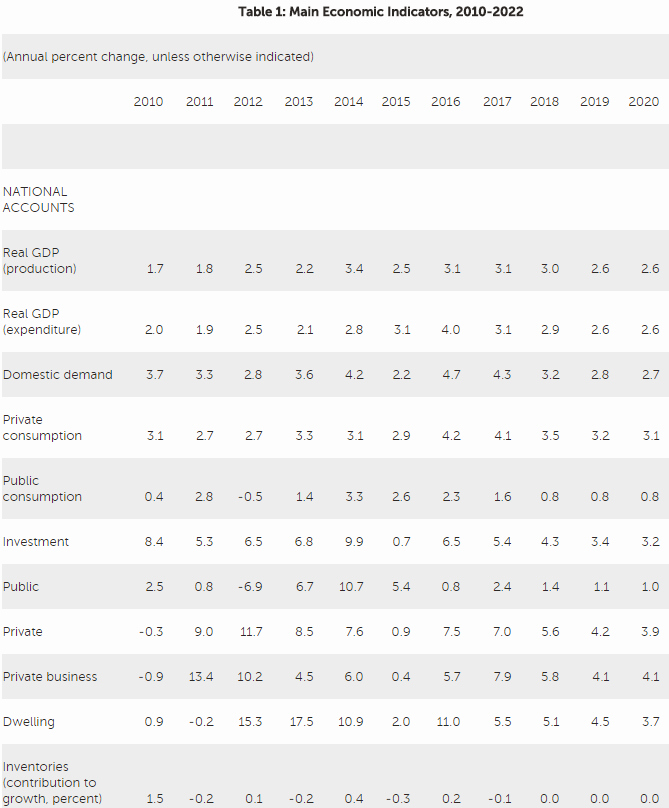
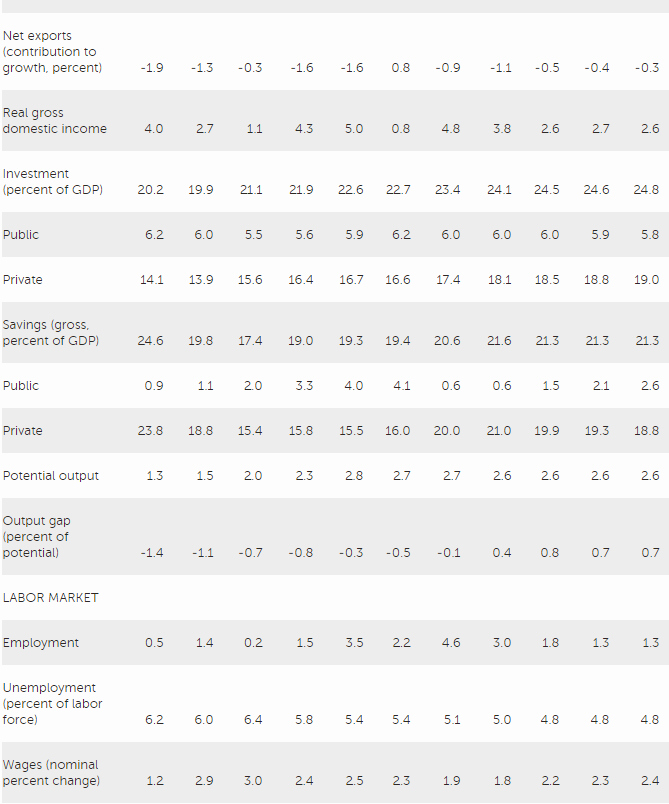
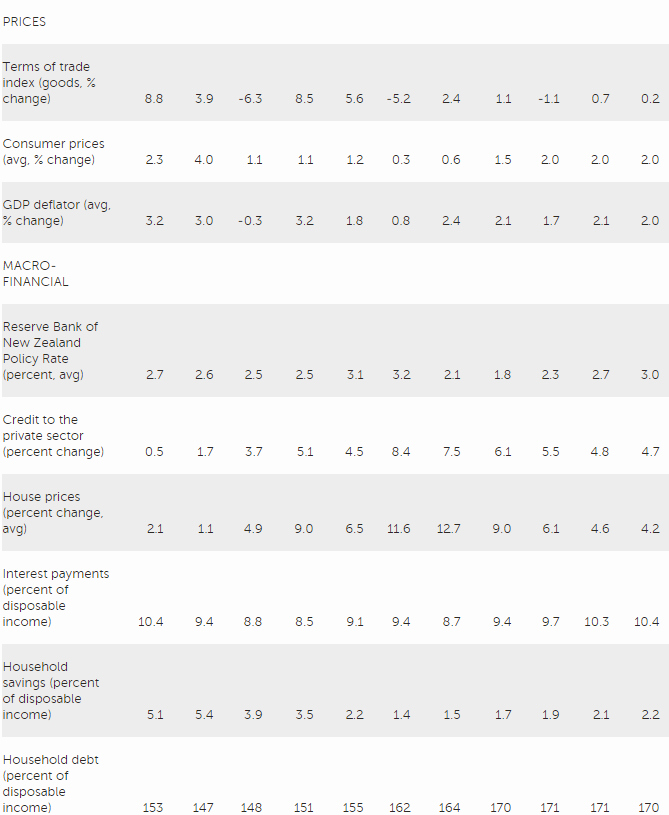
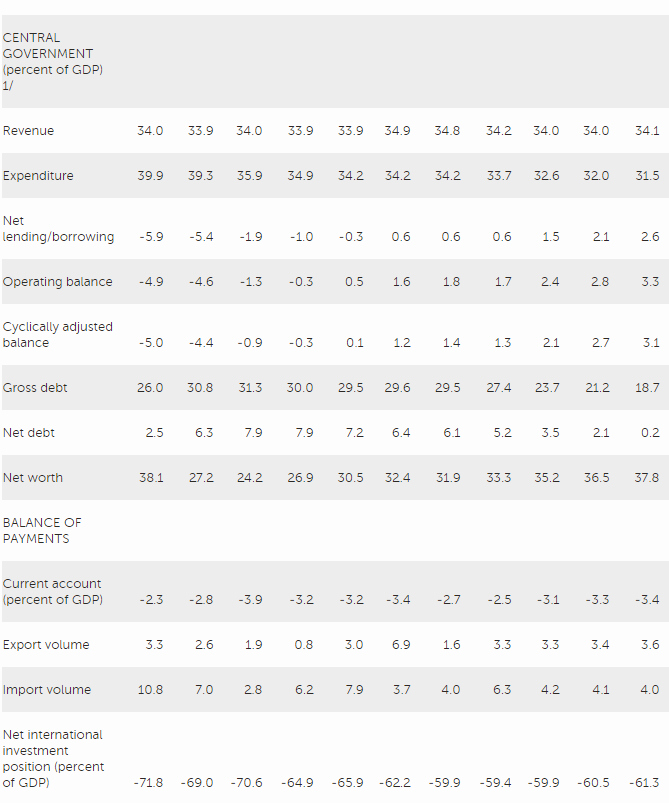
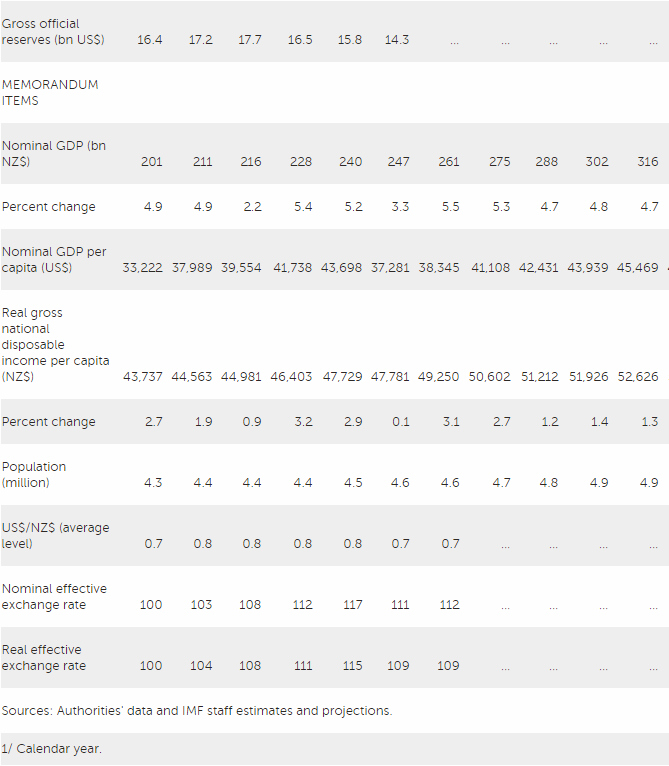
Source: International Monetary Fund
- 275 reads
Human Rights
Ringing FOWPAL’s Peace Bell for the World:Nobel Peace Prize Laureates’ Visions and Actions

Protecting the World’s Cultural Diversity for a Sustainable Future

The Peace Bell Resonates at the 27th Eurasian Economic Summit

Declaration of World Day of the Power of Hope Endorsed by People in 158 Nations

Puppet Show I International Friendship Day 2020

